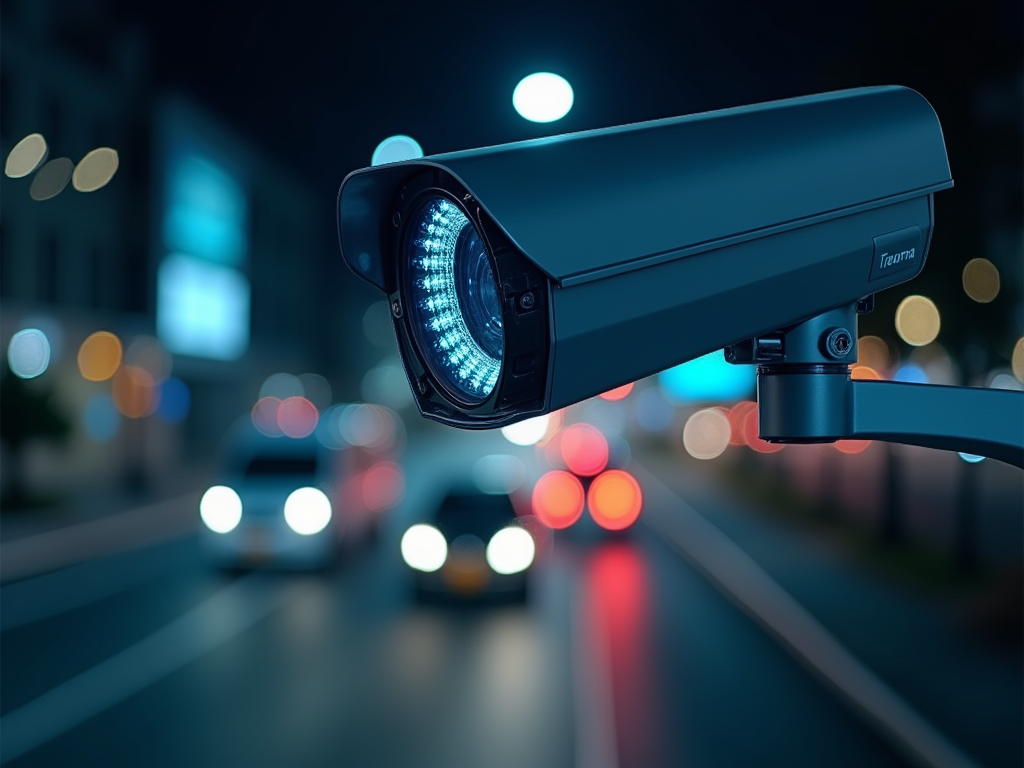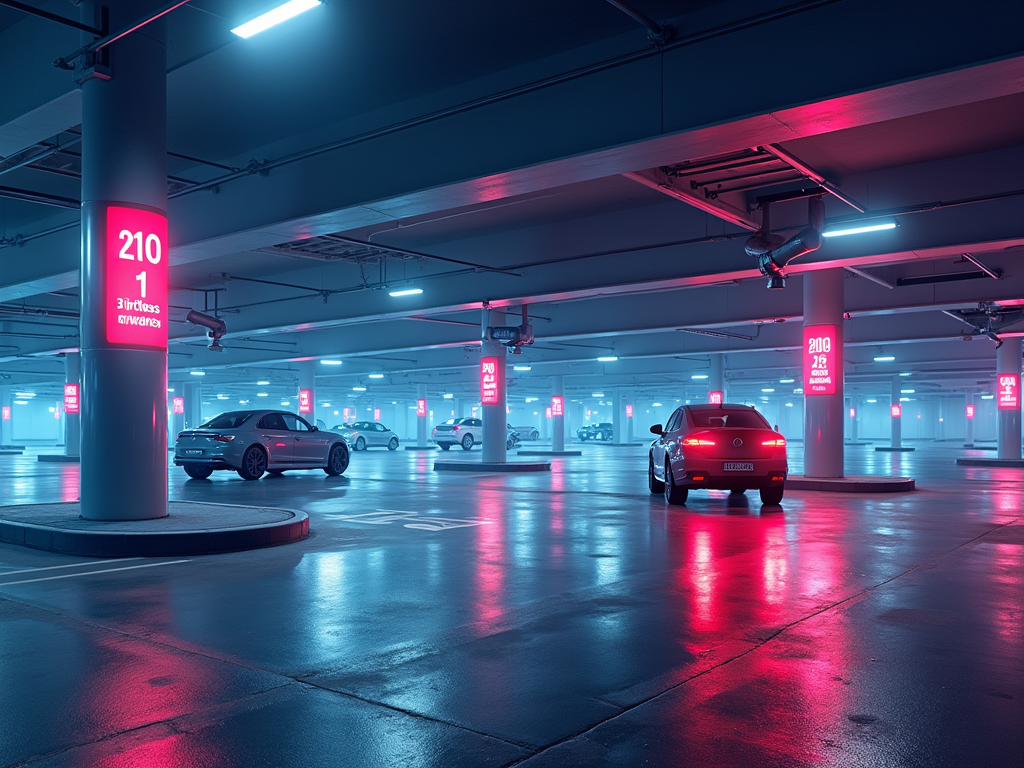
License Plate Recognition (LPR) technology significantly enhances security for businesses and facilities by automating the monitoring of vehicles and controlling access to restricted areas. This sophisticated technology ensures that only authorized vehicles can enter or exit controlled premises, thereby reducing the risk of unauthorized access and enhancing overall protection.
Access Control Measures
LPR systems can be seamlessly integrated into existing access control frameworks, automating the registration and identification of vehicles. By recognizing plates in real-time, LPR enhances security protocols through:
• Automated Entry and Exit:
Vehicles approaching entry points are automatically scanned, and if their license plate matches pre-approved databases, the system can instantly grant or deny access. This reduces latency at entry points and improves the flow of legitimate traffic.
• Centralized Management:
Administrators can easily manage access permissions through a centralized interface, enabling them to add or revoke vehicle authorizations efficiently. This is particularly useful in environments where access requirements often change, such as construction sites or corporate offices.
Vehicle Alert Systems
In addition to access control, LPR technology plays a critical role in alerting security personnel to potential threats. These vehicle alert systems provide timely notifications regarding unauthorized access attempts or suspicious activity:
• Real-Time Alerts:
If an unauthorized vehicle attempts to gain access, the system can send immediate alerts to security personnel. This allows for quick response times to any potential breaches, forming a frontline defense strategy.
• Integration with Surveillance Systems:
LPR data can be integrated with CCTV systems, allowing for synchronized video footage capture when an alert is triggered. This provides a comprehensive overview of events during security incidents and helps in investigations.
Enhanced Monitoring of Unauthorized Vehicles
LPR technology allows businesses to maintain rigorous oversight of all vehicles accessing their premises. Key features include:
• Database Matching:
LPR systems commonly integrate with law enforcement databases, identifying stolen or flagged vehicles instantaneously. This proactive approach ensures that security teams are aware of potential dangers on-site and can respond appropriately.
• Historical Data Analytics:
Keeping records of all vehicle traffic helps businesses identify patterns of unauthorized or suspicious vehicle behavior, serving as a foundation for enhancing security measures and protocols over time.
Streamlined Incident Management
With an efficient LPR system in place, businesses can greatly enhance their incident management processes. Considerable benefits include:
• Incident Logs:
Automatic recording of entry and exit times for all vehicles, along with corresponding license plate information, helps create a comprehensive incident log that can be utilized for background checks or security audits.
• Reporting Capabilities:
Advanced LPR systems come with reporting tools that allow security managers to analyze vehicle traffic trends, identify potential security gaps, and outline preventive measures.
In summary, License Plate Recognition technology strengthens security across various business environments. Its capability to automate vehicle monitoring, coupled with real-time alert systems and comprehensive data analytics, provides businesses with a robust security framework that effectively safeguards against unauthorized vehicle access and enhances overall safety.














